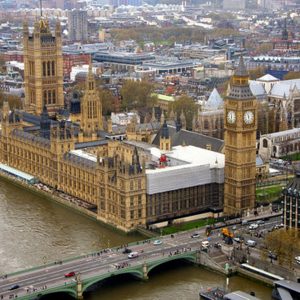Attack Outside the London House of Parliament
On March 22, Khalid Masood attacked the House of Parliament in London. He began his attack by driving his car into pedestrians on Westminster Bridge, before making his way towards the parliament building armed with a knife. As of March 27, five people have died in the attack: two pedestrians killed on the scene, a third who died in the hospital, a police office, and the attacker himself. At least 50 more people from twelve countries have also been injured. Masood had a criminal record, and had been investigated in relation to violent extremism in the past, but was “not part of the current intelligence picture”, according to Prime Minister Theresa May. The Islamic State has claimed credit, although the nature of Masood’s affiliation is unverified so far. Though the attacker was working alone, and was killed by police officers at the scene, the subsequent investigation has led to the arrests of ten individuals during raids in London and Birmingham.

Many experts have commented on the city’s relatively calm response towards the attack. As Frank Foley, from the Department of War Studies at King’s College London said “Terrorists rely on a lot of people watching – it can even be better than having a of people dead.” This is especially apparent in this case. The attacker could have chosen a softer target with a higher potential death toll, rather than the “well-guarded heart of constitutional democracy.”
Theresa May commented that the best response to terrorism lies in “millions of acts of normality”. Many Londoners are refusing to be afraid and instead showing strength through unity. This is especially notable given that one common response to such attacks has been to target racial and religious divisions, playing into the narrative of terrorist groups. Instead, most London residents have calmly carried on.
A secondary impact of major terrorist attacks is the economic cost. After the 2013 Boston Marathon Bombing, an estimated $333 million dollars were lost when the city was shut down for the manhunt. In London, Parliament and a nearby hospital were both put on lockdown, while the London Eye was stopped for several hours. In the days since, armed police presence has doubled in London and has been increased by a third across the UK.
Sources and Further Reading:
London attack: what we know so far – The Guardian
London attack: what we know so far – BBC News
A level-headed response to the attack on London – Financial Times
London’s mayor reassures a city that says it needs no reassurance – The Washington Post
Our calm response to the terror attack shows how well London works – Politics.co.uk
It Costs $333 Million to Shut Down Boston for a Day – Bloomberg
Four killed, 40 injured in vehicle and knife assault near British Parliament – The Washington Post
